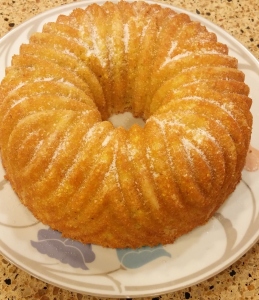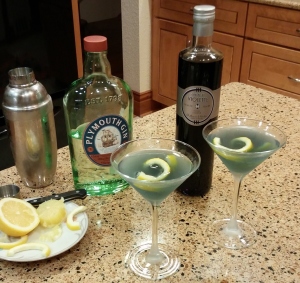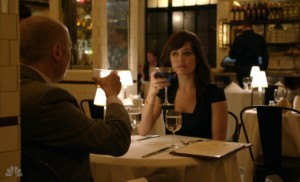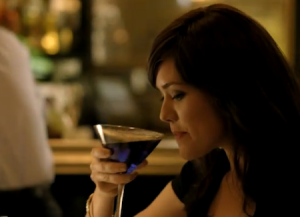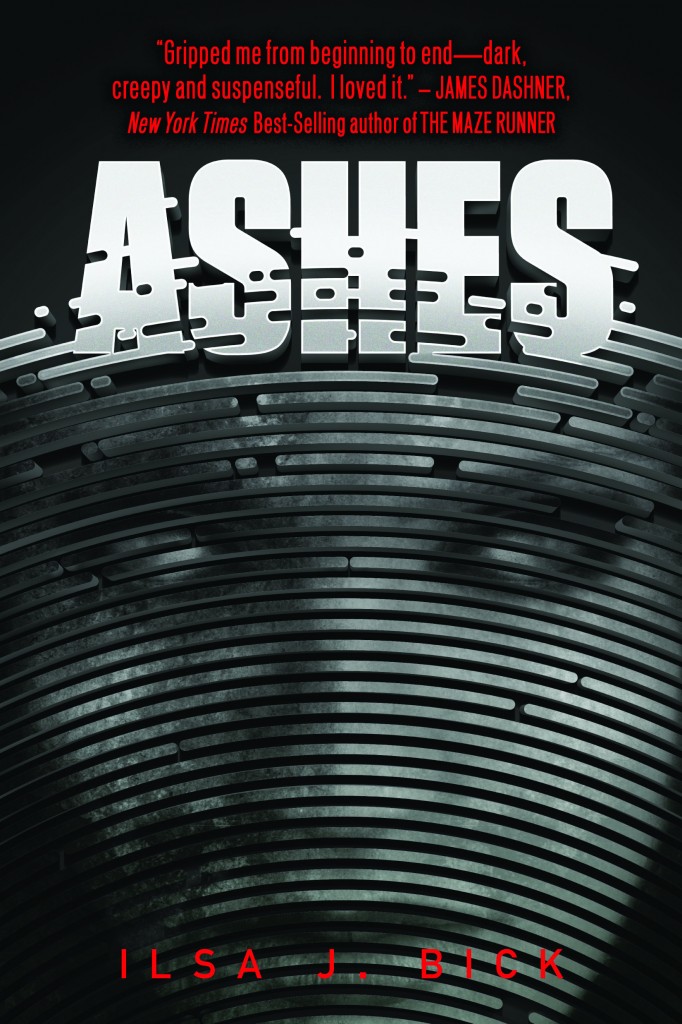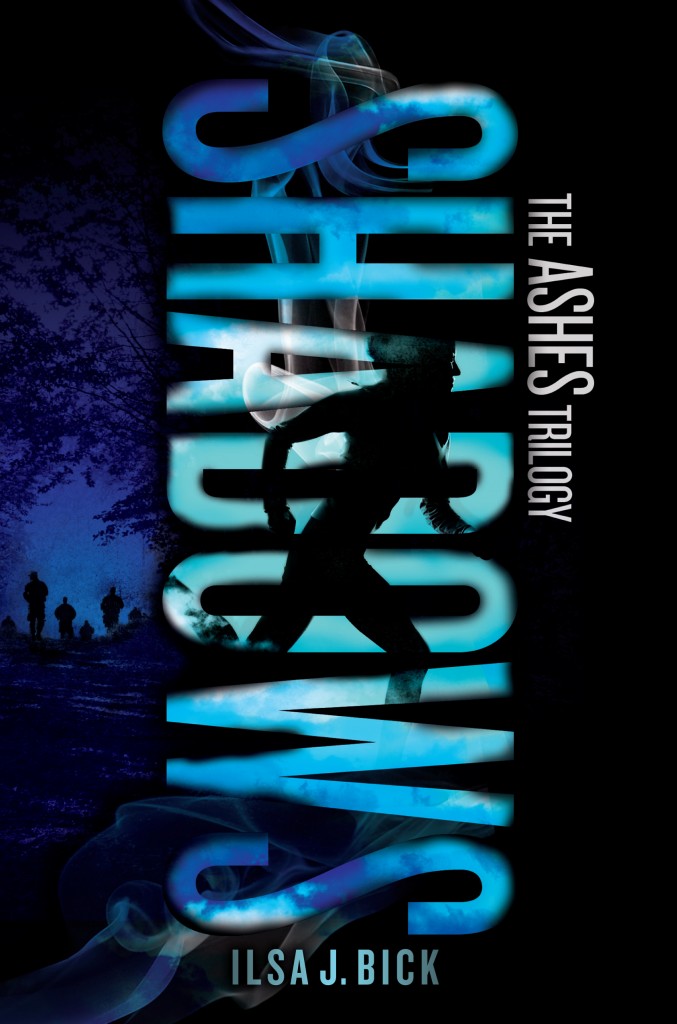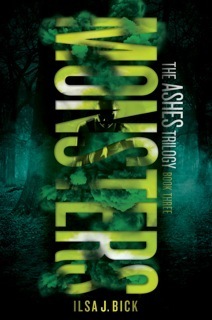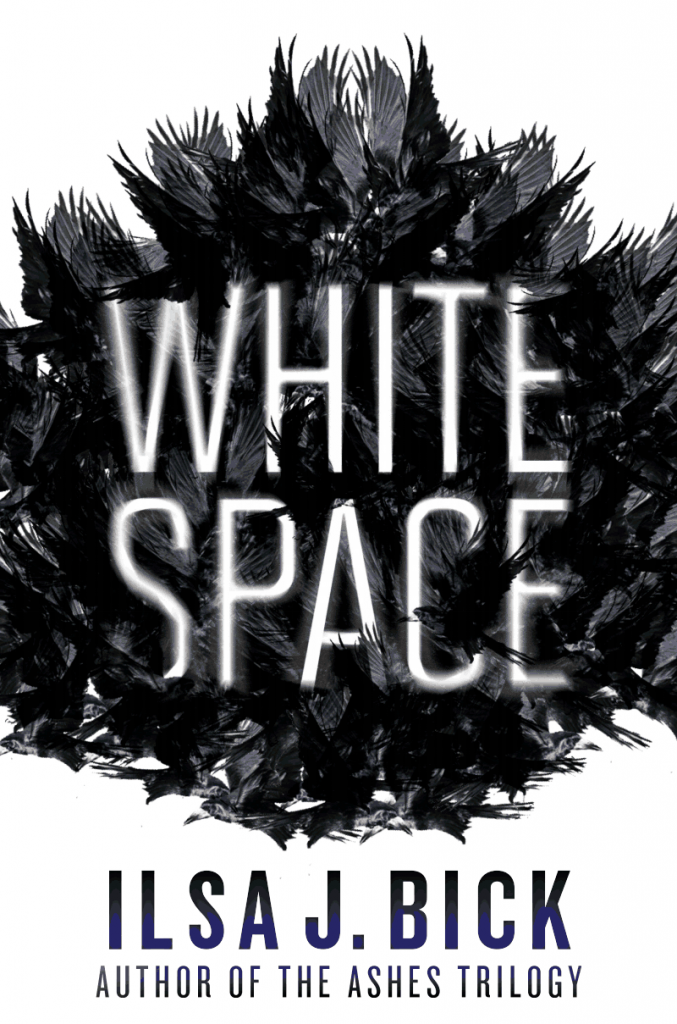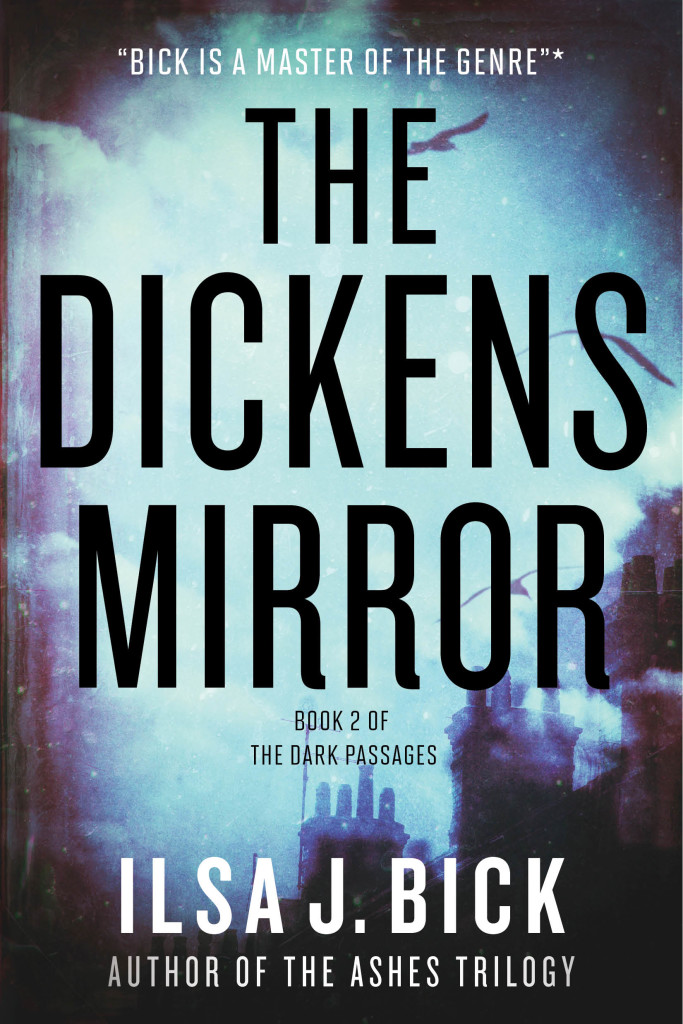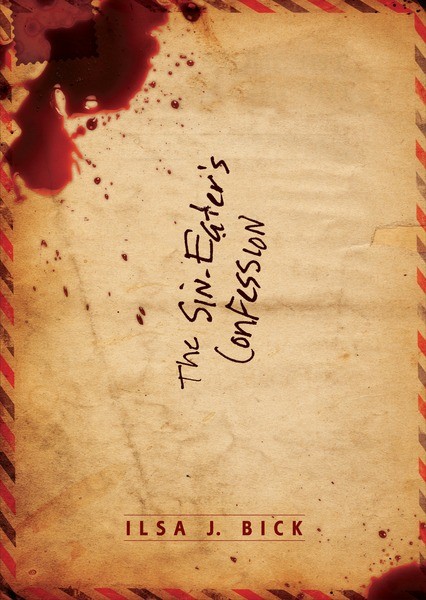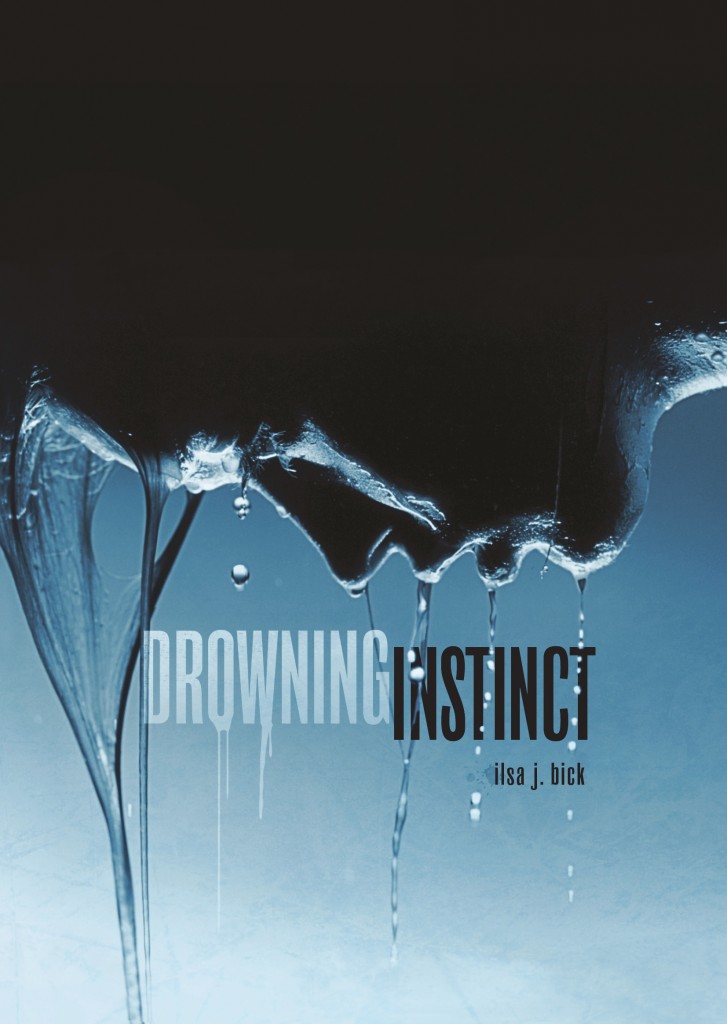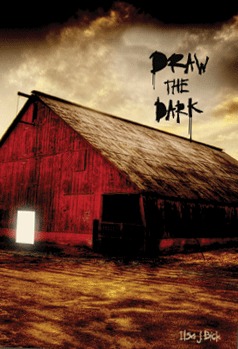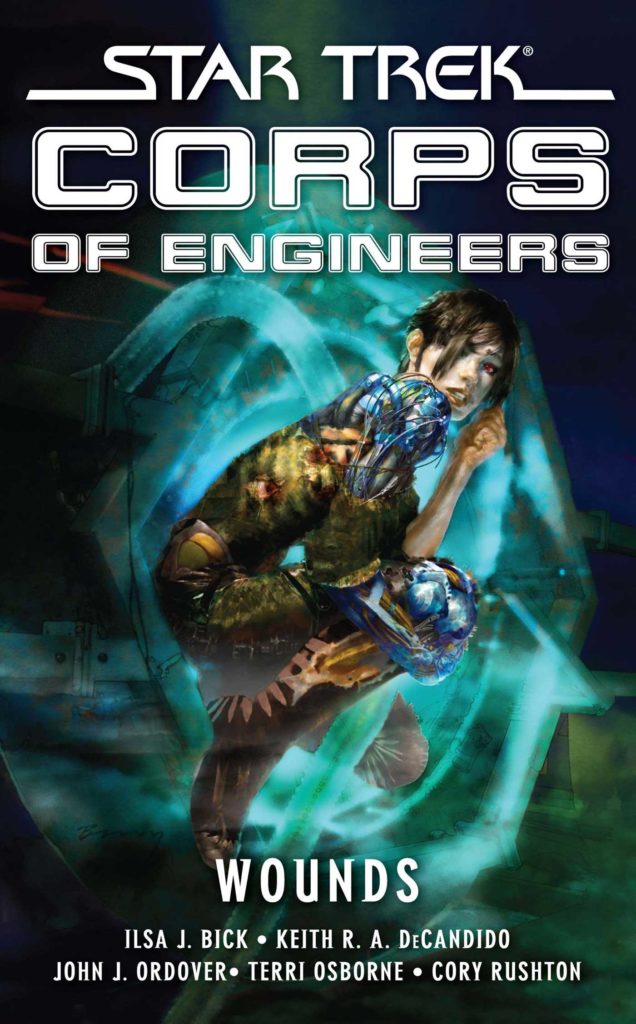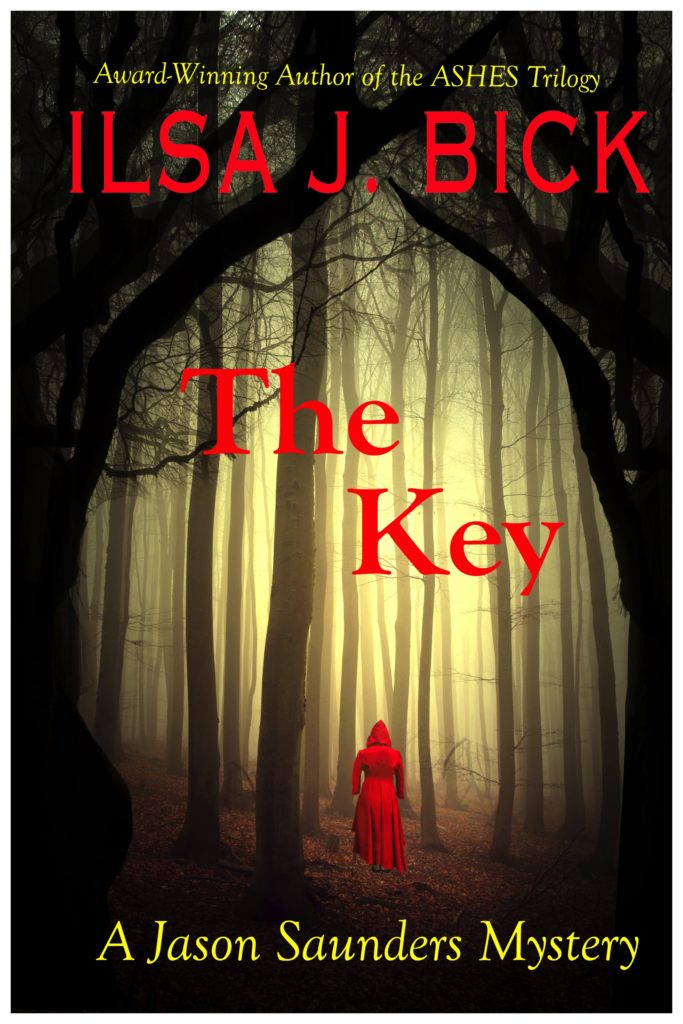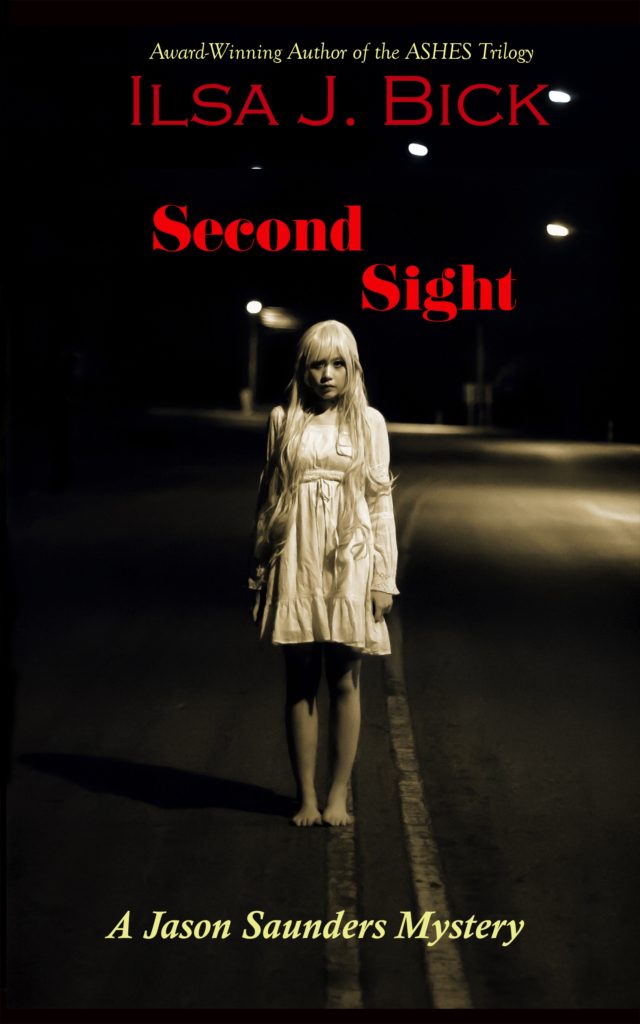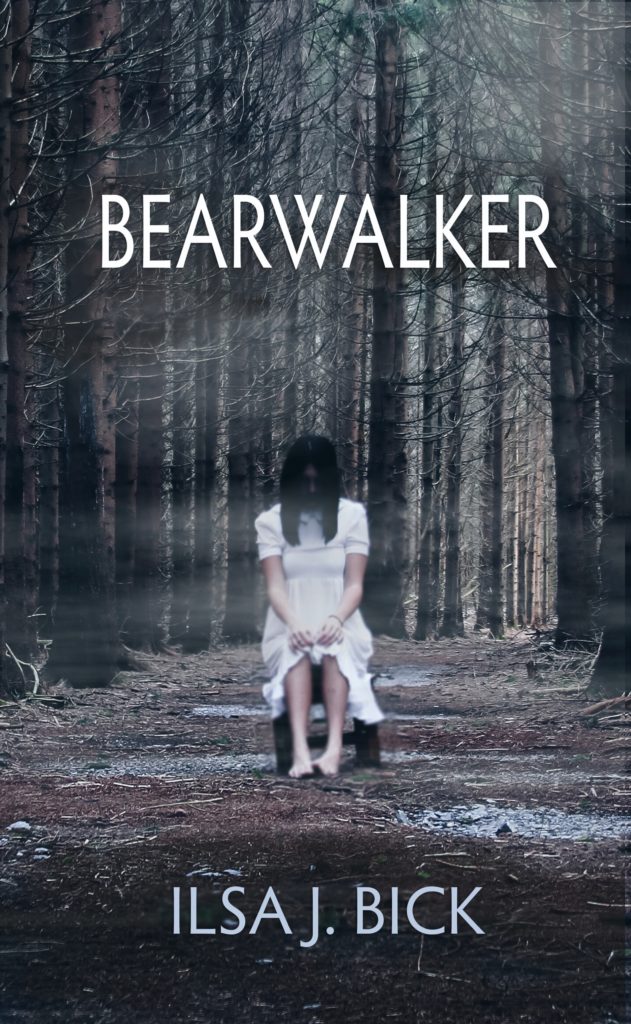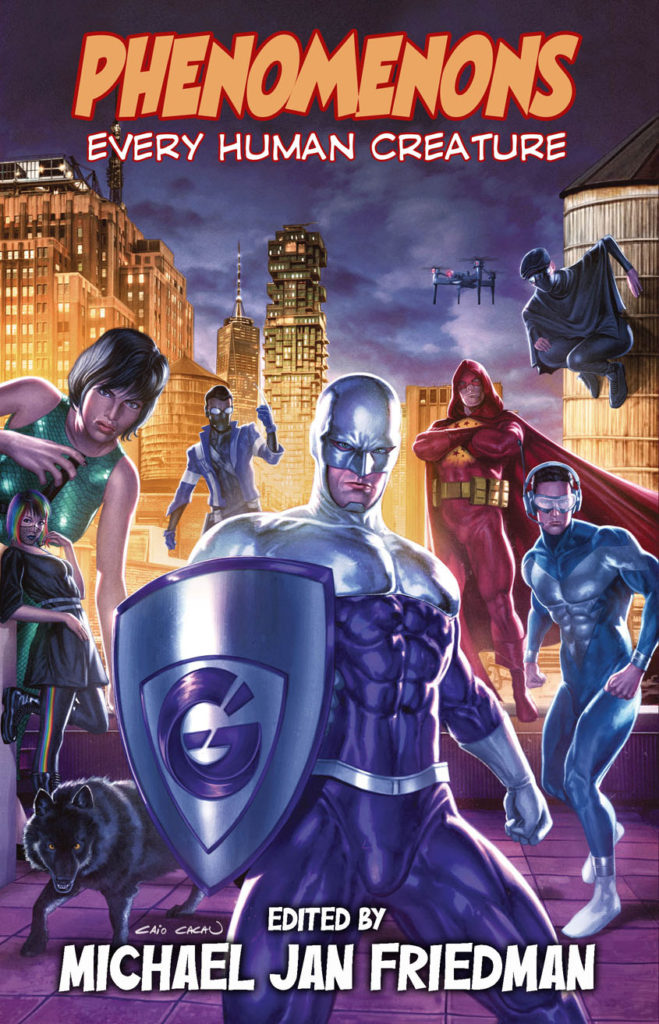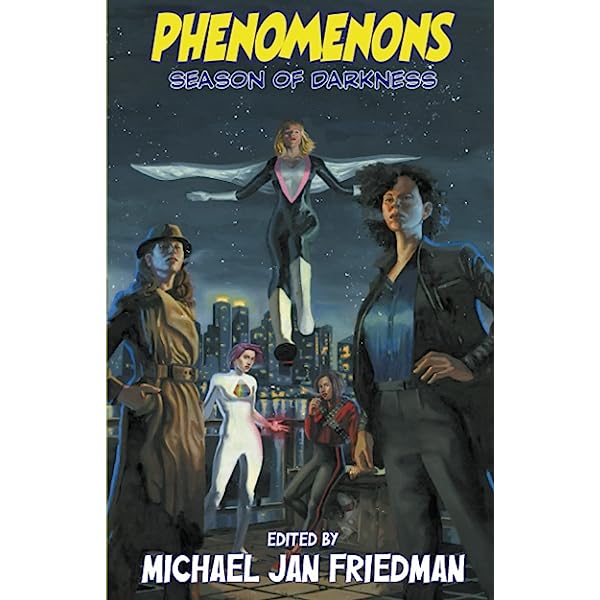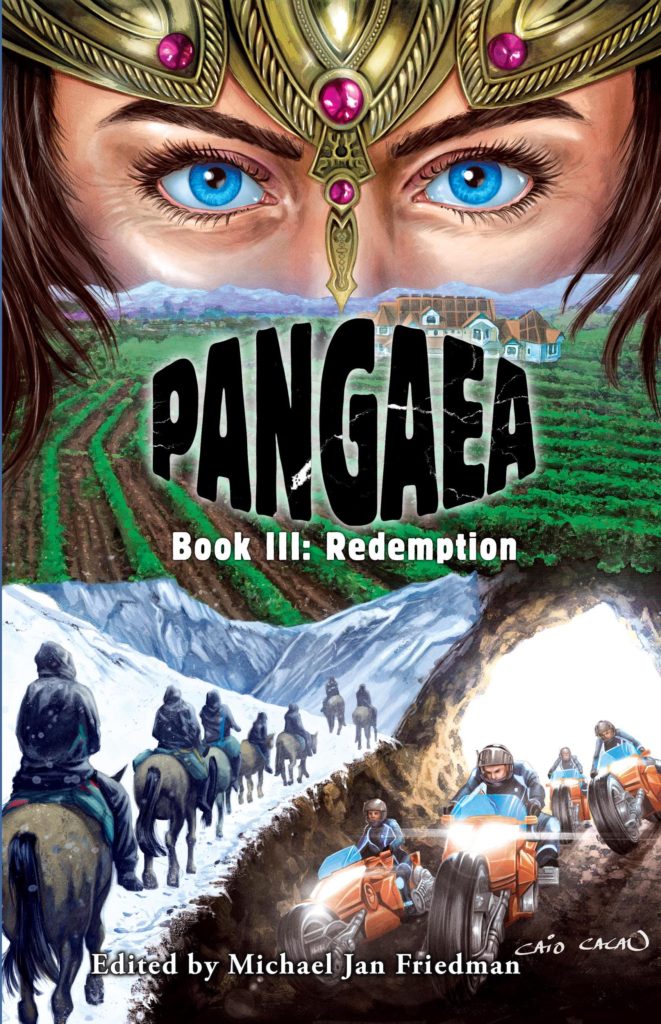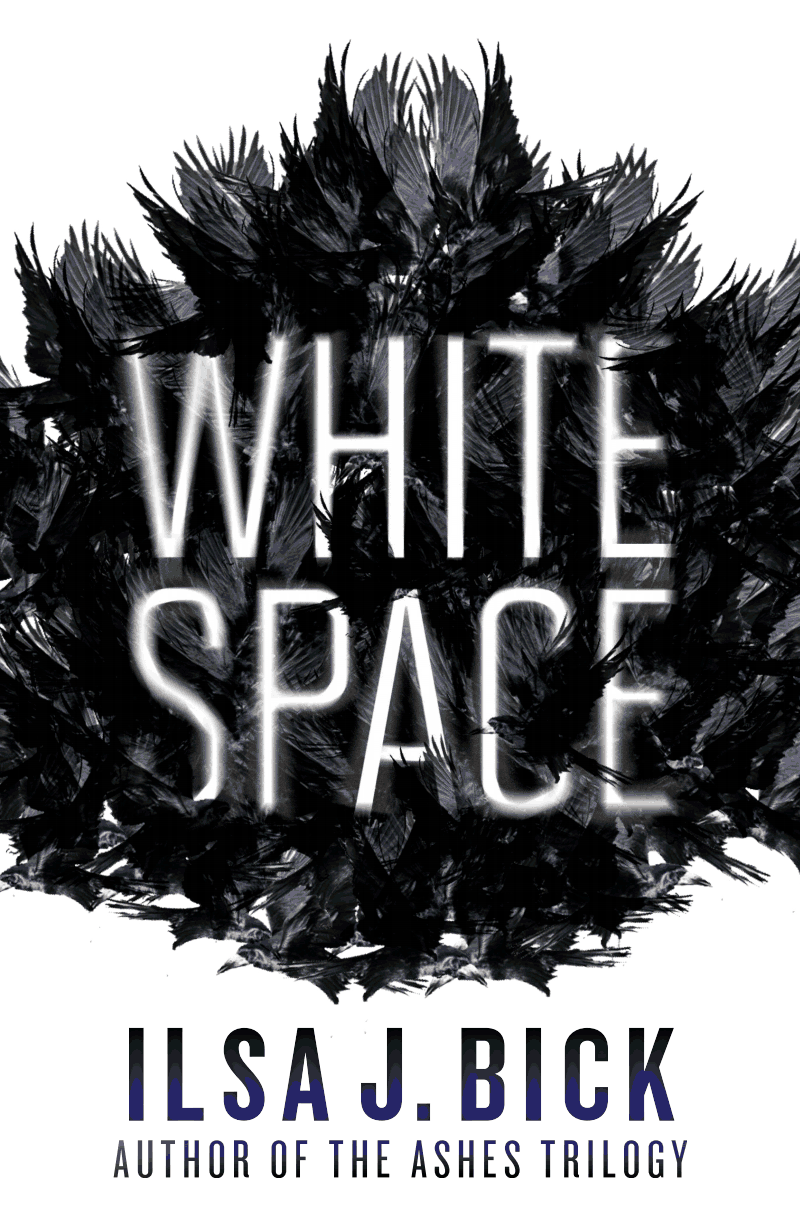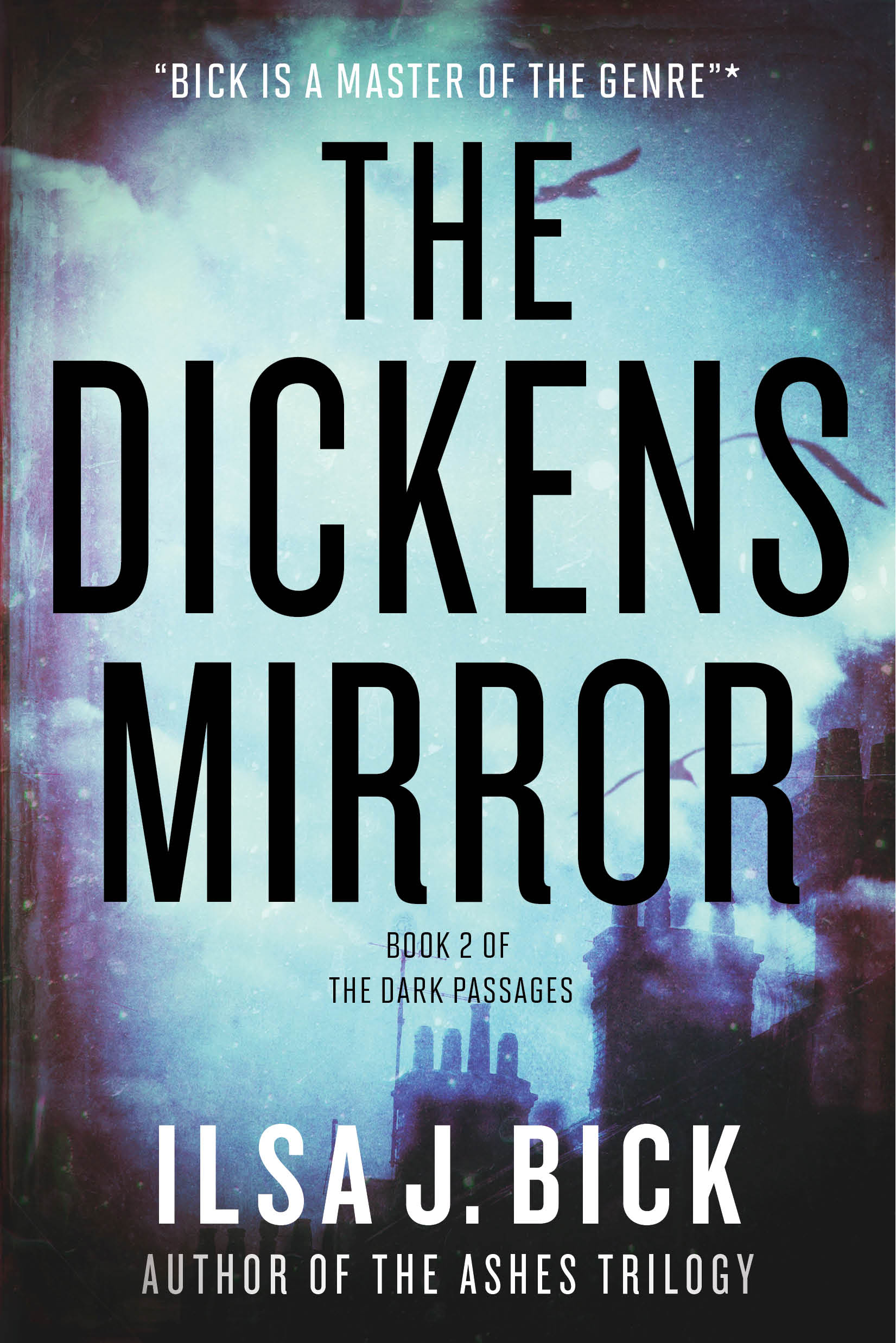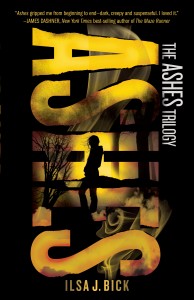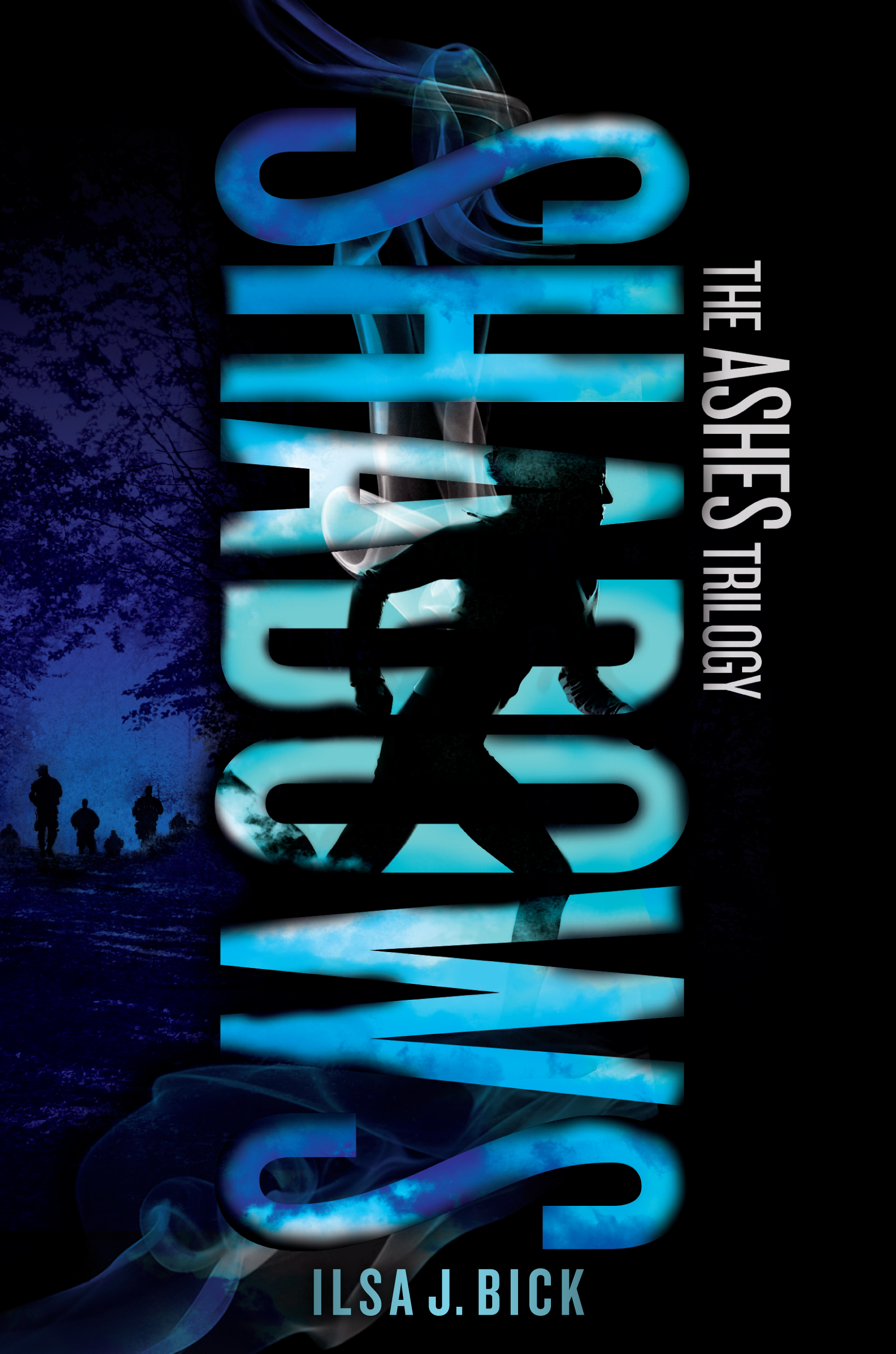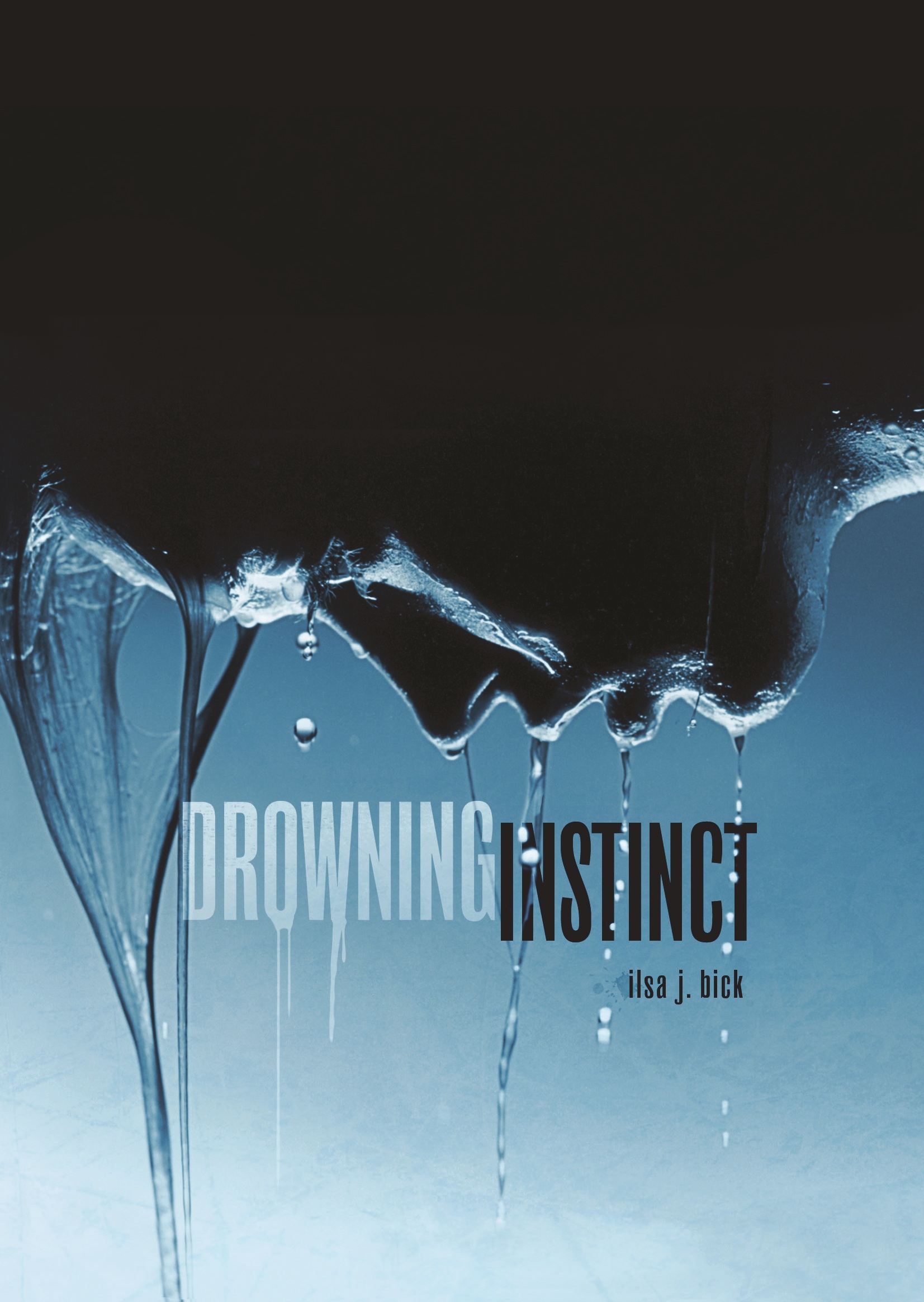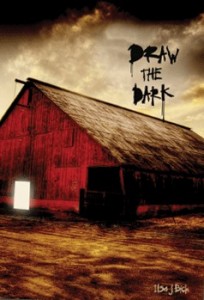I’ve always wanted to try a savory cake, something earthy with a hint of sweetness. When I first presented this option to the husband, he wrinkled his nose. Olive oil? Rosemary? So I put off making this for some time until today when I figured that, as far as the husband goes . . . dude, it’s still cake.
This recipe comes courtesy of Christie Matheson’s tremendous Cake Simple from which I’ve made other spectacular cakes. (Remember that lime-basil with basil syrup and lime-basil sugar? The husband’s lab-rats–we’re talking the ones on two legs–are still talking about it.) As she suggests, I very lightly drizzled the still-warm cake with olive oil before dusting with sugar and some dashes of sea salt. (I’d recommend splurging and going for the really good stuff; I did. You don’t want your cake to taste heavy and greasy, or have the olive overwhelm the savory and sweet.) Presuming this gets the seal of approval, the only thing I might change for next time around is to toy with lemon-infused grapeseed oil instead of olive. Grapeseed oil has no flavor and so not only is very light in the mouth but takes well to infusions and flavorings. This recipe called for a bit of lemon juice, so I’m thinking . . . sure, why not? If I’m feeling particularly brave that day . . .
On a completely different, if you follow me on Facebook, you might have seen this lovely concoction on Friday night:
It’s a forgotten cocktail called Blue Moon, a terrifically bright and clean-tasting blend of gin, creme de violette, and lemon juice. A bit of background here: Friday nights are when the hubby and I kick back, have a nice meal, and our weekly cocktail. For years, that’s been a Belvedere martini, straight up, three olives, very dry, chilled in an iced cocktail shaker for at least an hour. It’s been fine, but I thought I was in a bit of a rut, which could also be said of the latest book that has me tearing out my hair. In any event, I was getting kind of bored with the same-old, same-old but didn’t quite know if I had the energy or interest to do anything about it.
Then, just by accident, there was this confluence of three events. The first is I happened to be offered a taste of a very fine sipping rum, Zaya. It was a transformative experience because I realized what I’d been missing all this time that I’d once found with wines but can’t anymore because wines give me headaches: complexity. Subtlety.
The second thing that happened was that, right around then, I also tried an old-fashioned with Templeton Rye (terrific) for the first time and liked it. I did a bit of research, though, to try to figure out just what a real old-fashioned was: rye? Bourbon? With water? With soda? Muddled with sugar, or simple syrup? Fruit or not? It was kind of interesting reading, and I’m all about hands-on research.
At about the same time, The Blacklist became available on Netflix, and I was quickly hooked. I will confess: I did it only because of James Spader. Even overweight, he’s still something. There was one episode, though, where Red’s having drinks with Lizzie. He orders a fine Scotch; she, predictably, orders a boring chardonnay. Pish-posh, says Red, and orders Lizzie a cocktail he called an “Aviation.” Well, that thing was deep, deep purple (and there was a huge amount, too, at last six or eight ounces in that humongous martini glass). Of course, Lizzie liked the drink; Red said that it was an old cocktail invented back in the 20s and “tastes of spring, doesn’t it?”
And I was, like, whoa. Blame the geek in me, but I had to find out more. A Google search revealed that I wasn’t the only one whose curiosity was tickled. I stumbled on a couple different articles of which this one from the Pegu blog is the most interesting because the author really places not only the cocktail in context but the more subtly nuanced meanings in the characters’ drink choices. Take some time to run through the article; it’s quite good. Having now read a bit and actually seen what creme de violette really looks like, I agree: no Aviation would be that deeply purple. But Doug Winship (of the Pegu Blog) is right. The drink is backlit to spectacular effect.
Anyway, I thought, heck, I’d like to learn to make that. Now there’s a recipe at the end of the article which I will try, probably next week assuming that a) a certain liqueur does not arrive and b) I don’t opt to try an Algonquin instead just to avoid making, essentially, the same cocktail again . . . only not. The other reason I didn’t go for the Aviation this week, though, was that after all that hemming and hawing and tracking down creme de violette–no easy feat–I realized that all I had on hand, gin-wise, was Plymouth. It’s not as intensely floral a gin as Bombay Sapphire (or, for a different experience and if you like rose and cucumber, Hendrick’s). Every bit I read about Aviations suggested a more floral gin, so I thought, well, drat . . . try a Blue Moon first, which is essentially an Aviation sans the maraschino liquor) and see what happens.
Winship calls the Aviation a “gateway” cocktail. I don’t know if he’s right, but his blog was a gateway for me. Although I’ve always been interested in drink culture since reading Corin Hirsch’s Forgotten Drinks of Colonial New England: From Flips and Rattle-Skulls to Switchels and Spruce Beer . Let’s face it: by and large, the Founding Fathers were sloshed in varying degrees from dawn to dusk. With the tea embargo and no coffee coming in, it was either water or hard cider. John Adams grouses about this, in fact (although John Adams groused about everything). Bars are also interesting places in their own right; read The Tender Bar, if you don’t believe me or another non-fiction dandy, Peter Brown’s Shakespeare’s Pub: A Barstool History of London as Seen Through the Windows of its Oldest Pub, the George Inn. In any event, I got hold of a copy of Ted Haigh’s terrific book, Vintage Spirits and Forgotten Cocktails: From the Almagoozlum to the Zombie. I mean, my God, with a title like that . . .
Well, that book was a real eye-opener. The history of cocktails, alcohol, the realization that cocktails were frowned on not just because 19th century patrons tended to drink them first thing in the morning instead of waiting for a more civilized hour. The very first cocktail, introduced in 1803, was called “the bittered sling,” which raised all kinds of eyebrows because, well, bitters were thought of medicine and where was the allure in drinking medicine? But do a bit of reading, and you realize that what Amy Stewart writes in The Drunken Botanist (for those us who also appreciate a little science) is correct: if a seed, herb, fruit, leaf, tree, or grain can be fermented and won’t kill you, people will ferment that sucker. You also realize that a lot of drinks are gone forever because no one makes the ingredients anymore. Thanks in no small way to Haigh and some like-minded historians and mixologists, there’s a renewed interest in cocktail culture. (Or maybe it’s all about making a buck; who knows?) But a lot of companies are getting back into making things like creme de violette and orange bitters and ginger syrup–things that you either couldn’t get or had to figure out to make for yourself. (Once you get the hang of it, some of that isn’t too hard. A lot of people brew their own beers, make wine. I make cherry bounce, plum brandy, limoncello. If you’re into that sort of thing, check out Andrew Schloss’s Homemade Liqueurs and Infused Spirits. Once you start, you may never look back, although I do disagree with his recipe for limoncello. The longer certain oils have a chance to hang around, the better. Mine hangs around for forty days, and that’s before I add simple syrup and let it sit another forty days. Good things come to those with patience and who know how to wait.)
All this is by way of saying that, as of right now, I’m into not-boring. I’m into trying new stuff. So now, every Friday, I’ll feature a different cocktail and tell you what I think. I’m sure some will be flops. I already know that I need to work on my lemon twists. (Never fear; I’ve already ordered a channeling tool. There’s a whole YouTube video on how to make the perfect lemon twist.) I’ve already unearthed a TERRIFIC twist on an old-fashioned that I have to wait to share until a certain liqueur (tough to track down) arrives.
I can tell you this, though: the aim of cocktails in days gone by was not necessarily to get schnockered. The portions back then were smaller. A martini glass in the 40s and 50s held about 2.5-3 ounces of booze and were not the jumbo-sized goblets you get these days. Me, I think that with the introduction of vodka into the mainstream–and the history behind that is pretty interesting–people had to add so much juice and crap to give it any taste at all, they graduated to these ginormous glasses. So the Blue Moons I made were modest, only about 3 ounces of liquid, of which a half ounce was lemon juice. The aim is not to get knocked off your ass but to taste all the different flavors: that smooth floral cream of violet petals counterbalanced against the juniper of the gin and tart lemon.
So, until next week . . . cheers!
